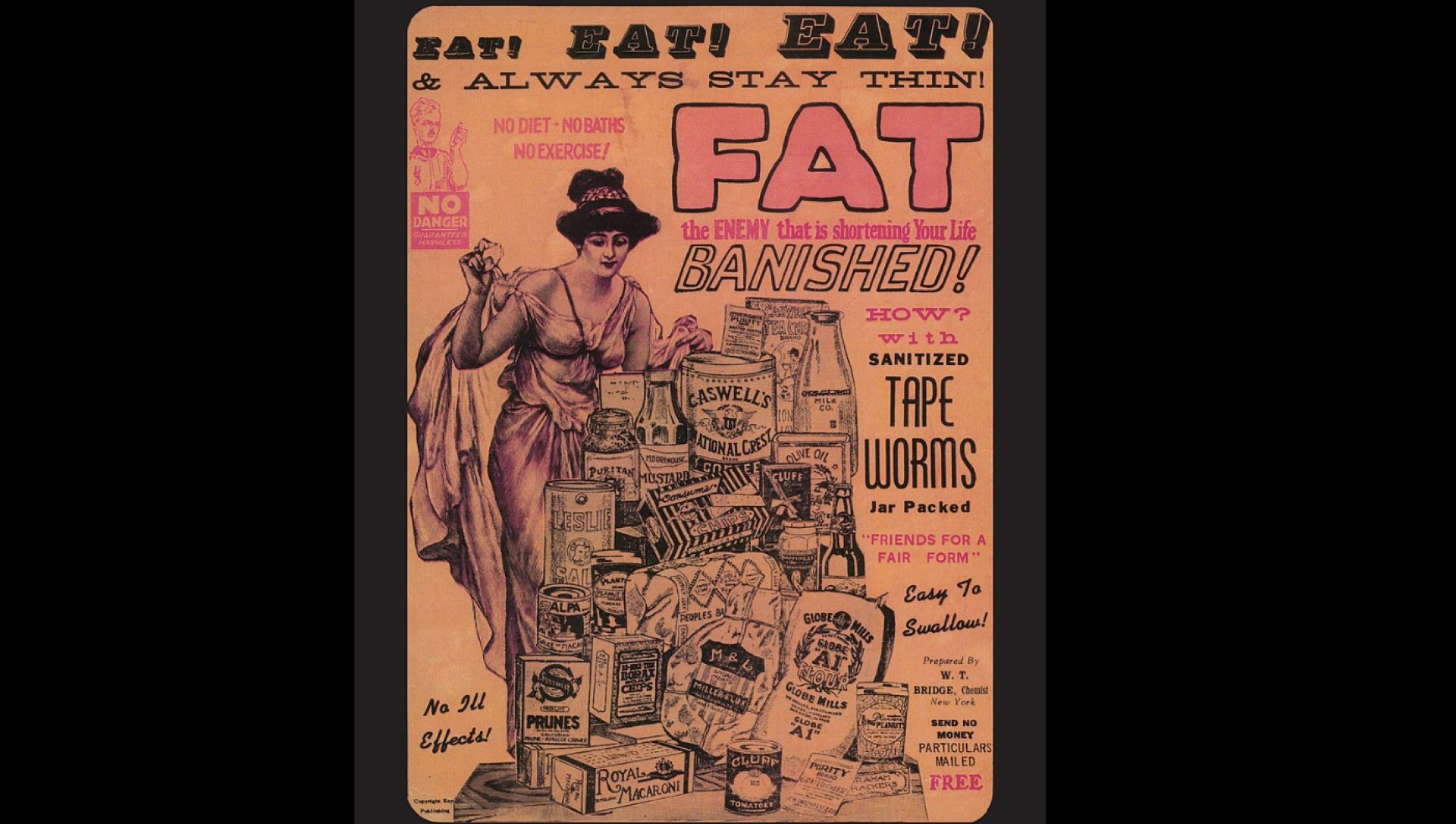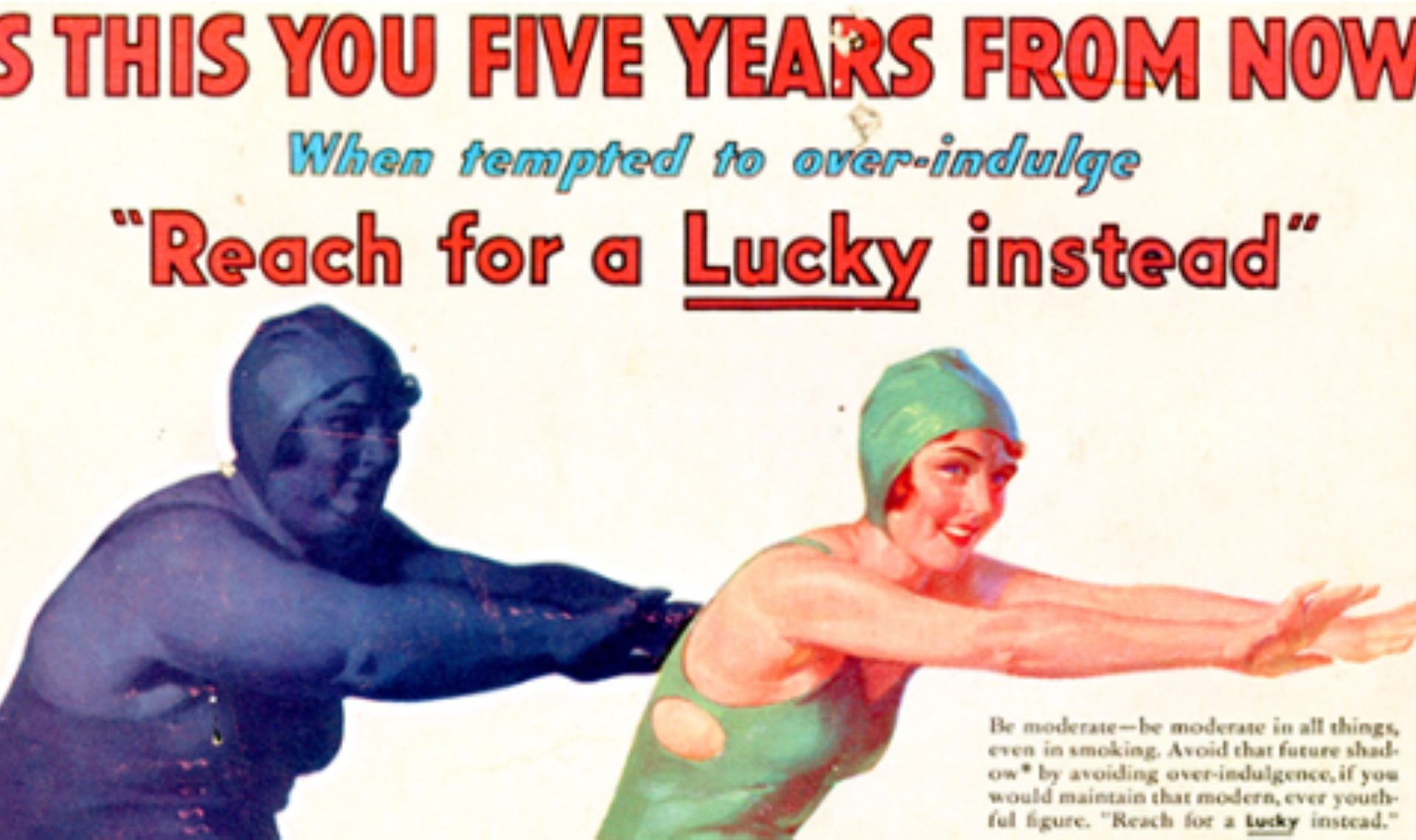Dangerous fad diets throughout history
To err is to be human, so the saying goes, and so, it seems, is following strange diets. Yes, fad diets have been coming and going since at least 1550 BC. According to The Cambridge World History of Food, they can be traced back that far via the single earliest surviving medical document, the Ebers Papyrus, which describes an anti-diabetic diet of wheat germ and okra. Here are some of the weirdest ones across the years….
Taking "you are what you eat," to its most literal sense, some of our ancestors between 500-400 BC believed that eating animal organs like deer liver or lion hearts would make warriors braver, faster, and stronger. That’s according to an article in the 1997 Journal of Nutrition.
But the complex market of fad diets surged with the Victorian era. This can be seen through the famous poet Lord Byron, who tried several diets. Eventually, his obsession with his body led him to create his own: the 'vinegar and water diet.' It became very popular and involved drinking vinegar and water. According to the book Calories & Corsets, Byron also popularized eating rice for a pale complexion.
In the US, Sylvester Graham (1794-1851), the inventor of the Graham Cracker, may just be the first big fad diet promoter. A Presbyterian minister, he prescribed moderation and advised the elimination of meat, sauces, tea, coffee, al c0 h0l, pepper, and mustard. Instead, he recommended whole grains and veggies for the pure body. Small breakfasts and lunches were also key for his followers, known as Grahamites, according to Calories & Corsets.
By the 19th century, diet pills and potions became increasingly appealing to fit the beauty standards of the time. But, according to BBC, these remedies often had dangerous ingredients like arsenic and strychnine. "It was advertised as speeding up the metabolism, much like amphetamines do," Louise Foxcroft, the author of Calories & Cosets, told the BBC.
Around the early 1900s, another American, Horace Fletcher, promoted Fletcherism - a diet that involved chewing a mouthful of food until all the 'goodness' was taken from it, and then spitting out what remained. Ew. How many times would you have needed to chew a shallot? 700 times, according to the BBC. The diet also meant going number two once every two weeks… and it was supposed to be nearly odorless, only smelling faintly of warm biscuits.
The turn of the 20th century was not for the squeamish. That’s also when the tapeworm diet was widely hailed as a way to lose weight, with dieters said to have swallowed tapeworm cysts in pill form. Once the weight was lost, they'd have to lure the worm out one way or another. According to the BBC, that's risky because a tapeworm can grow up to 30 feet (9m) and induce many illnesses. All in all, however, the popularity of the diet may be more of a myth than a fact.
Image: FDA/Wikimedia
When the ideal female silhouette moved from more voluptuous earlier in the century to flapper-skinny around the 1920s, diets came back with a vengeance. One of the more famous ones from that time was the Hollywood diet which involved eating one grapefruit at each meal, along with meat, eggs, other foods that are rich in fat and protein, and certain vegetables. The original diet, coined in 1929, restricted calories to just 500 per day for 18 days. The diet has been disavowed by the Mayo Clinic.
Photo by Lukasz Rawa/Unsplash
In the late 1920s, the cig brand Lucky Strike began marketing a diet that can be summed up rather simply: take some puffs on a Lucky instead of eating. While nic0tine is indeed an appetite suppressant, the diet limited the intake of important nutrients and was a way to give yourself some major health problems, lung cancer included.
Image: Reach for a Lucky ad, 1930, from the Stanford School of Medicine’s SRITA website
According to Vice, this diet has been around since at least the time of Elvis, who was known to have tried it. It's another extremely dangerous diet promoted in the 1970s by a Las Vegas doctor. It basically involved putting people, like Presley, in a medically induced coma. Why? As the theory goes, if you're asleep, you can't eat. Using sedatives to the same avail has also been tried, a fad that even resurfaced in the 2010s. However, this is actually a disorder called 'narcorexia' and experts say there are a million better ways to lose weight.
Photo: Baran Lotfollahi / Unsplash
Introduced in the 1960s, this diet allowed unlimited meat and alcohol, banking on the appeal of unrestricted consumption despite its lack of nutritional balance. The diet is hailed as the precursor of low-carb diets, which are still huge today, because it excluded all carbohydrates. According to Amazon, when the book was published, it quickly sold 2.4 million copies in 13 languages.
Image: The Drinking Man's Diet by Robert W. Cameron/ Cameron Books; Revised ed. edition (June 1, 1964)
This might be one of the most dangerous calorie-restrictive diets in the last 100 years. Created by a doctor named Roger Linn in 1976, this diet included eating just 400 calories per day from a mixture of slaughterhouse byproducts like hides, hooves, and bones. According to Quartz Magazine, at least 60 people died from this diet due to malnutrition.
Photo: Dr. Robert Linn holding book 'The Last Chance Diet', 1977, Library of Congress
While amphetamines were prescribed to help people lose weight for decades, the trend spiked in the 1990s when the substituted amphetamine combo fenfluramine/phentermine (fen-phen) was heavily marketed. Although these types of drugs do suppress appetite, they can come with several scary side effects ranging from psychosis to heart disease. By April 2005, American Lawyer magazine reported that 50,000 people had sued the producer of the pills as alleged fen-phen victims. SF Gate reports that around 300 people died before the pills were taken off the market.
Image: Vicki Thomas, a dieter who was diagnosed with primary pulmonary hypertension (PPH) after an adverse reaction to fen-phen
This pseudoscientific practice claims that people don't need to eat at all and can live on their breath and the sunlight alone. This claim has been especially popular in certain spiritual communities but was never verified. In modern times, the Australian woman Jasmuheen (photo) has pushed the claim, saying she lives on 300 calories per day while mostly ingesting "cosmic particles" from the air. By 2012, at least five deaths had been directly linked to breatharianism and Jasmuheen's publications, according to the Sunday Times.
This modern diet eliminates all foods except meat and animal products. According to Healthline, that means it lacks numerous nutrients like fiber or plant compounds and is overloaded with salt and fat. No controlled studies support the claim that the carnivore diet can help eliminate health issues.
In 2013, ABC News reported on a dangerous fad diet that shocked even experts in weird diets. This one consists of dipping cotton balls in juice and eating them to feel full. Models were said to do it and YouTube videos showed teenage girls doing it too. "Nothing good can come of this. Absolutely nothing," diet expert Brandi Koskie told ABC. Not only is it consuming polyester fiber with a lot of chemicals, but eating cotton balls can also block the digestive system and deprive people of nutrients. Experts consider it a very disordered form of eating.
Photo by Yaroslav Shuraev / Pexels
Follow Showbizz Daily to see the most interesting stories about lifestyle trends



























